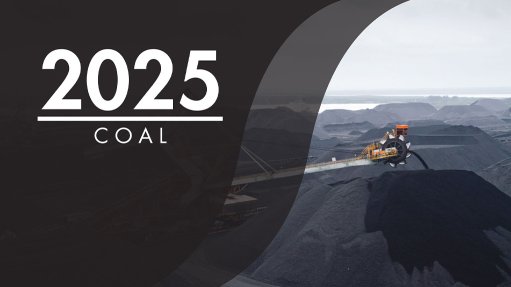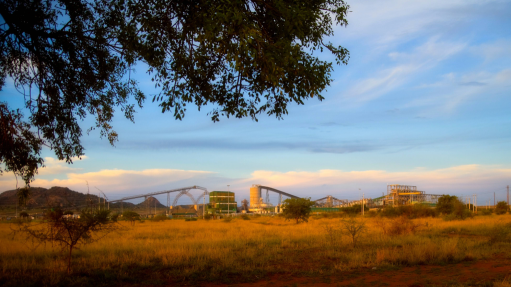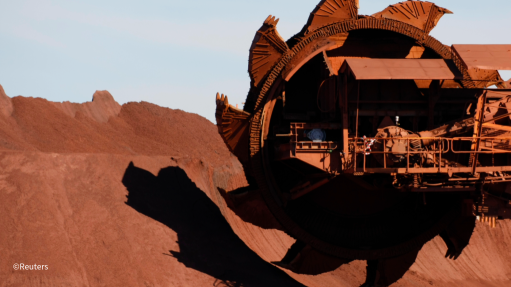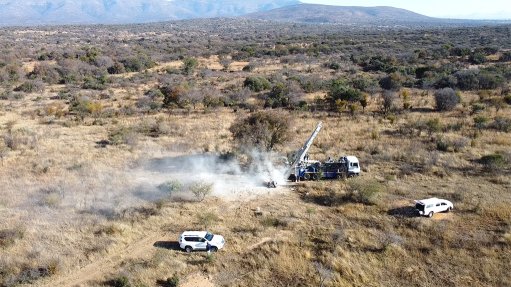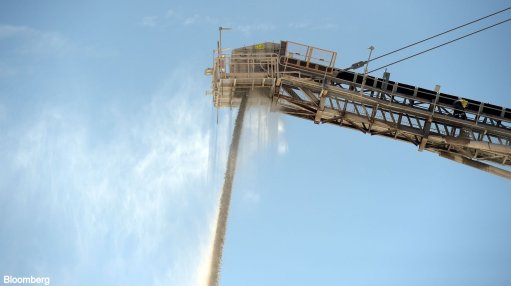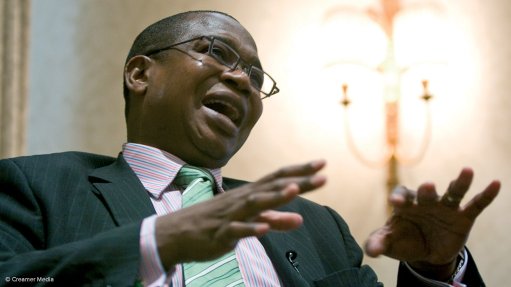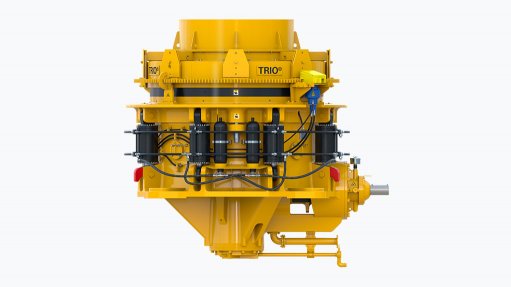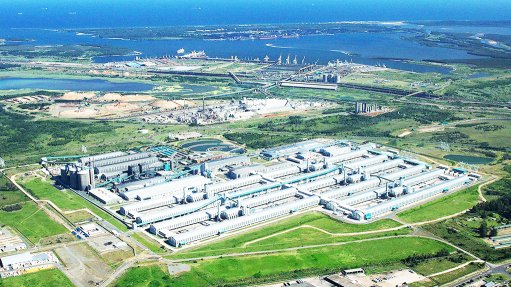Opaque policymaking
The announcement by Electricity and Energy Minister Dr Kgosientsho Ramokgopa that the load factor for proposed gas-to-power (GtP) plants in South Africa will be increased from 25% to above 50% was not entirely surprising but nevertheless still troubling.
There have been persistent rumours of lobbying efforts to change the flexible-generation model embedded in the inaugural Gas Independent Power Producer Procurement Programme tender.
The approach taken hitherto was informed by the requirement in a cost-optimised electricity system to deploy GtP plants primarily to close any gaps that arise when conventional plants are on planned on unplanned outage, or as a result of the variability associated with weather-dispatched generators.
The model arose from what the system operator, now in the National Transmission Company South Africa, saw as the best way to balance the country’s electricity security-of-supply needs with customer affordability.
In other words, use the cheapest electrons (traditionally produced using coal, but in future from solar PV and wind plants) as much as possible. Then use the more expensive GtP electricity, along with that arising from pumped hydro and battery storage, to support the system through peaks, as well as when the sun is not shining, and the wind is not blowing.
The Minister has moved to justify the policy adjustment on the basis that he is not seeking an electricity solution, but an economic one.
What he means, is to use the GtP plants to provide investors with the security-of-demand they require to invest in LNG import and transport infrastructure; and to do so in South Africa and not only in Mozambique.
This is likely to secure the support of industrial gas users, which are desperate to mitigate the impending gas cliff that will arise later this decade when gas supply from Sasol’s Pande and Temane fields in southern Mozambique is halted to consumers in Gauteng and KwaZulu-Natal.
There are trade-offs, however, and these have not been properly ventilated.
For one, South Africa has no sustainable rand-denominated source of gas, which means the country’s electricity will now have a far larger foreign-exchange exposure with GtP plants operating at a mid-merit-type profile.
Secondly, it implies that electricity consumers will need to foot the bill for infrastructure that will be used for non-electricity purposes.
Thirdly, the high load factor will embed higher-cost generation for decades, while sterilising lower-cost generation options that would otherwise have been developed. This, in turn, has real implications for the country’s green industrialisation ambitions.
Most troubling, however, is that the policymaker has opaquely abandoned a least-cost model that has hitherto underpinned system planning. This, without having canvassed the shift with stakeholders and without providing consumers with any visibility of the cost implications of what is a far-reaching policy adjustment.
Instead, the decision has been based on “feedback” from a naturally conflicted gas industry, with the identity of those having provided the advice not disclosed. At least in the area of nuclear, an official advisory grouping has been assembled to assess the options.
Article Enquiry
Email Article
Save Article
Feedback
To advertise email advertising@creamermedia.co.za or click here
Press Office
Announcements
What's On
Subscribe to improve your user experience...
Option 1 (equivalent of R125 a month):
Receive a weekly copy of Creamer Media's Engineering News & Mining Weekly magazine
(print copy for those in South Africa and e-magazine for those outside of South Africa)
Receive daily email newsletters
Access to full search results
Access archive of magazine back copies
Access to Projects in Progress
Access to ONE Research Report of your choice in PDF format
Option 2 (equivalent of R375 a month):
All benefits from Option 1
PLUS
Access to Creamer Media's Research Channel Africa for ALL Research Reports, in PDF format, on various industrial and mining sectors
including Electricity; Water; Energy Transition; Hydrogen; Roads, Rail and Ports; Coal; Gold; Platinum; Battery Metals; etc.
Already a subscriber?
Forgotten your password?
Receive weekly copy of Creamer Media's Engineering News & Mining Weekly magazine (print copy for those in South Africa and e-magazine for those outside of South Africa)
➕
Recieve daily email newsletters
➕
Access to full search results
➕
Access archive of magazine back copies
➕
Access to Projects in Progress
➕
Access to ONE Research Report of your choice in PDF format
RESEARCH CHANNEL AFRICA
R4500 (equivalent of R375 a month)
SUBSCRIBEAll benefits from Option 1
➕
Access to Creamer Media's Research Channel Africa for ALL Research Reports on various industrial and mining sectors, in PDF format, including on:
Electricity
➕
Water
➕
Energy Transition
➕
Hydrogen
➕
Roads, Rail and Ports
➕
Coal
➕
Gold
➕
Platinum
➕
Battery Metals
➕
etc.
Receive all benefits from Option 1 or Option 2 delivered to numerous people at your company
➕
Multiple User names and Passwords for simultaneous log-ins
➕
Intranet integration access to all in your organisation








